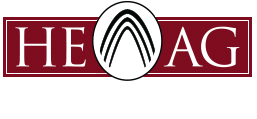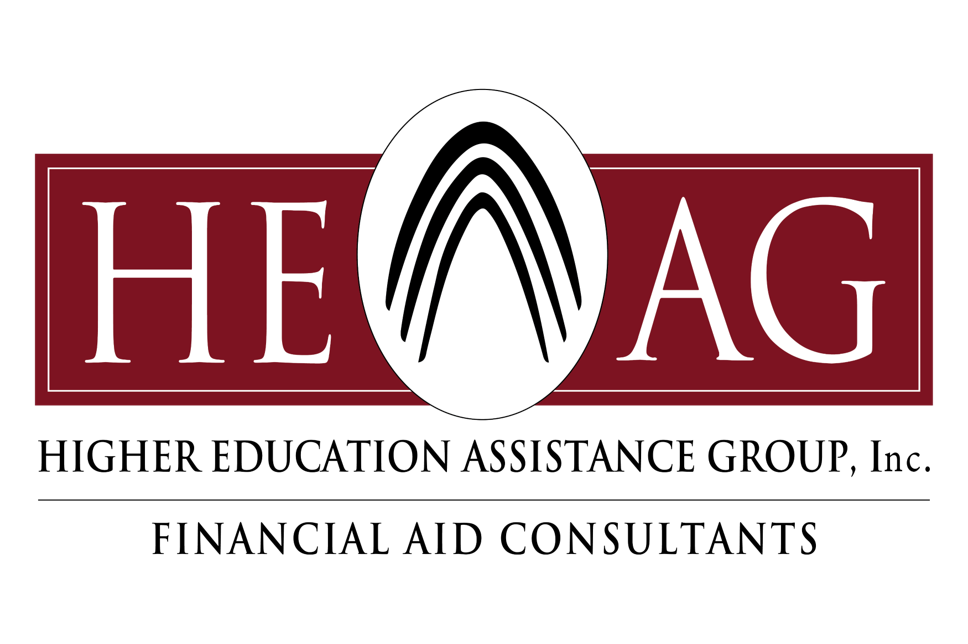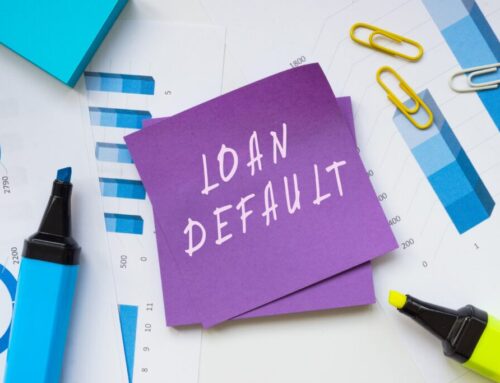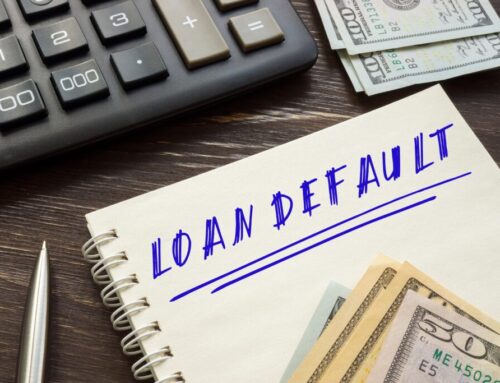Back in March 2020 the Coronavirus Aid, Relief, and Economic Security (CARES) Act was signed into law providing many student loan borrowers with some much-needed relief by suspending both payments and interest charges. President Trump issued an executive order in August 2020 extending the suspension period through the end of the year. And then on December 4th, it was extended once again until the end of January 2021, leaving it up the Biden administration on how to handle the situation from there. This was all great news for any borrowers with loans held by the Department of Education (ED), the only loans covered by the Act. There has been some understandable confusion about how the relief program affects participation in PSLF, so let’s break it down.

Here is a very high level summary of the PSLF requirements – visit this blog by ED if you need more detail. In a nutshell, borrowers must make 120 qualifying payments on qualifying loans while working for a qualifying employer on a full-time basis (30 hours or more per week).
- Qualifying employers can be any level of government, tax exempt non-profits and other non-profits with a public focus.
- Qualifying loans are part of the Federal Direct Loan program – no other federal loans or private loans are included, but some other federal loan programs can be consolidated into the Direct Loan program.
- Qualifying payments are on-time payments made under a qualified repayment plan while all other conditions have been met.
The important thing to note is a qualifying payment may be zero dollars, therefore, all those suspended payments since March still count toward the 120-payment requirement if the other conditions (employer, loan type, payment plan) have been met. Borrowers who made payments during the suspension period can request a refund and still get credit for an on-time payment that month. Conversely, borrowers who were laid off, furloughed or re-classified as part-time employees during this period cannot do the same – they do not meet the qualifying employer requirement. With so many people changing jobs or perhaps working multiple part-time jobs to get full-time hours, it’s a good idea to submit employment verification annually, although it is not required. This is the only sure way to know if your employment qualifies.
Another change in the program that borrowers need to know about is the change in the annual income certification date. Participants on income-based repayment plans are required to provide documentation of income each year to servicers so their monthly payments can be recalculated. Those who were due to re-certify between March and September 2020 have been given a six-month extension from the original due date.
The most recent change to the program provided in ED’s October 28 Electronic Announcement is not related to COVID-19 relief but is worth noting here. Before this change, with few exceptions, a lump sum payment in excess of the monthly amount due would count as a single, qualifying payment. An August 2020 policy change allows borrowers to make prepayments or
-sum payments and have those payments potentially count as qualifying payments (given employment certification is on file and all other eligibility conditions are met) for up to 12 months or until the next time their income-driven repayment plan is due for certification, whichever comes first.




